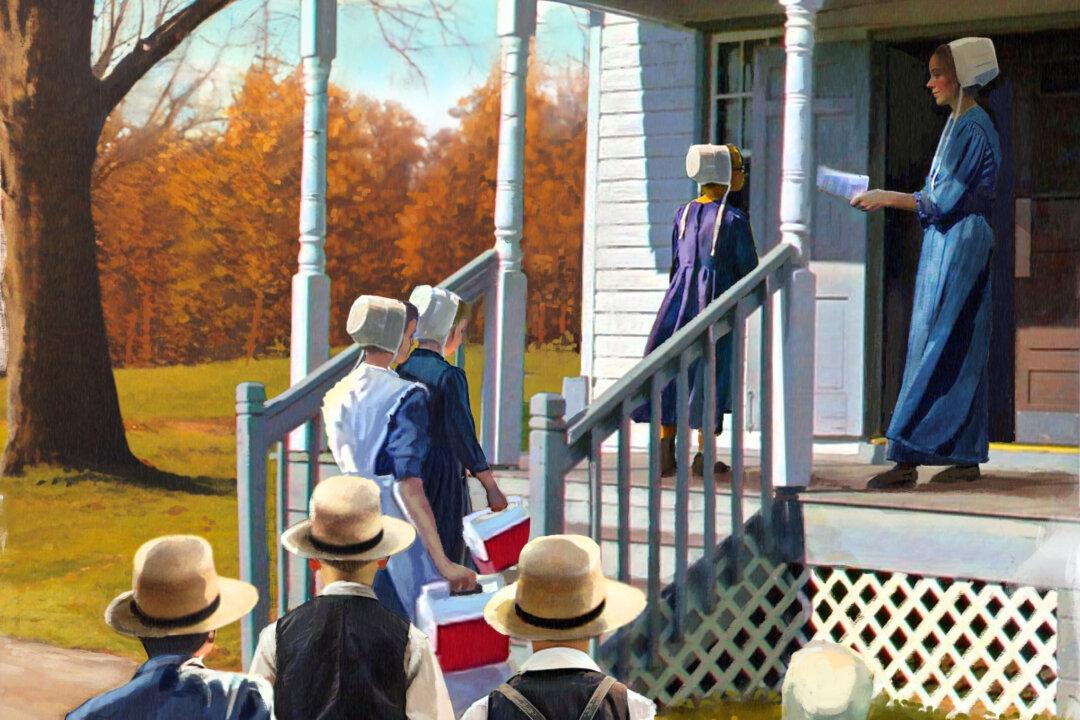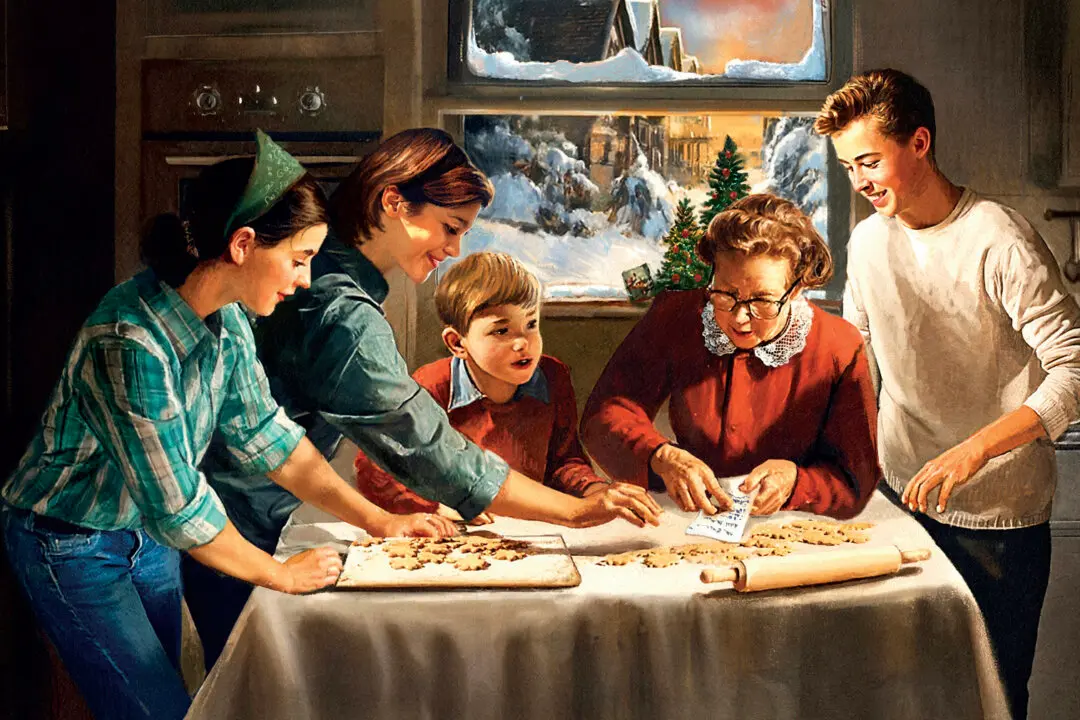Imagine it’s a beautiful fall day. You’re whizzing down country roads, enjoying the vibrant colors of red and yellow maples, when suddenly, a bright-orange triangle catches your eye. Slamming on the brakes, you realize that an Amish buggy is just ahead, and you curiously crane your neck, hoping for a glimpse of the plainly clad individuals inside.
Alas, your vehicle’s slowed pace leaves you little more than a glimpse of them, and you speed on, glad you’re heading back to modernity and its conveniences rather than stuck behind a horse.






